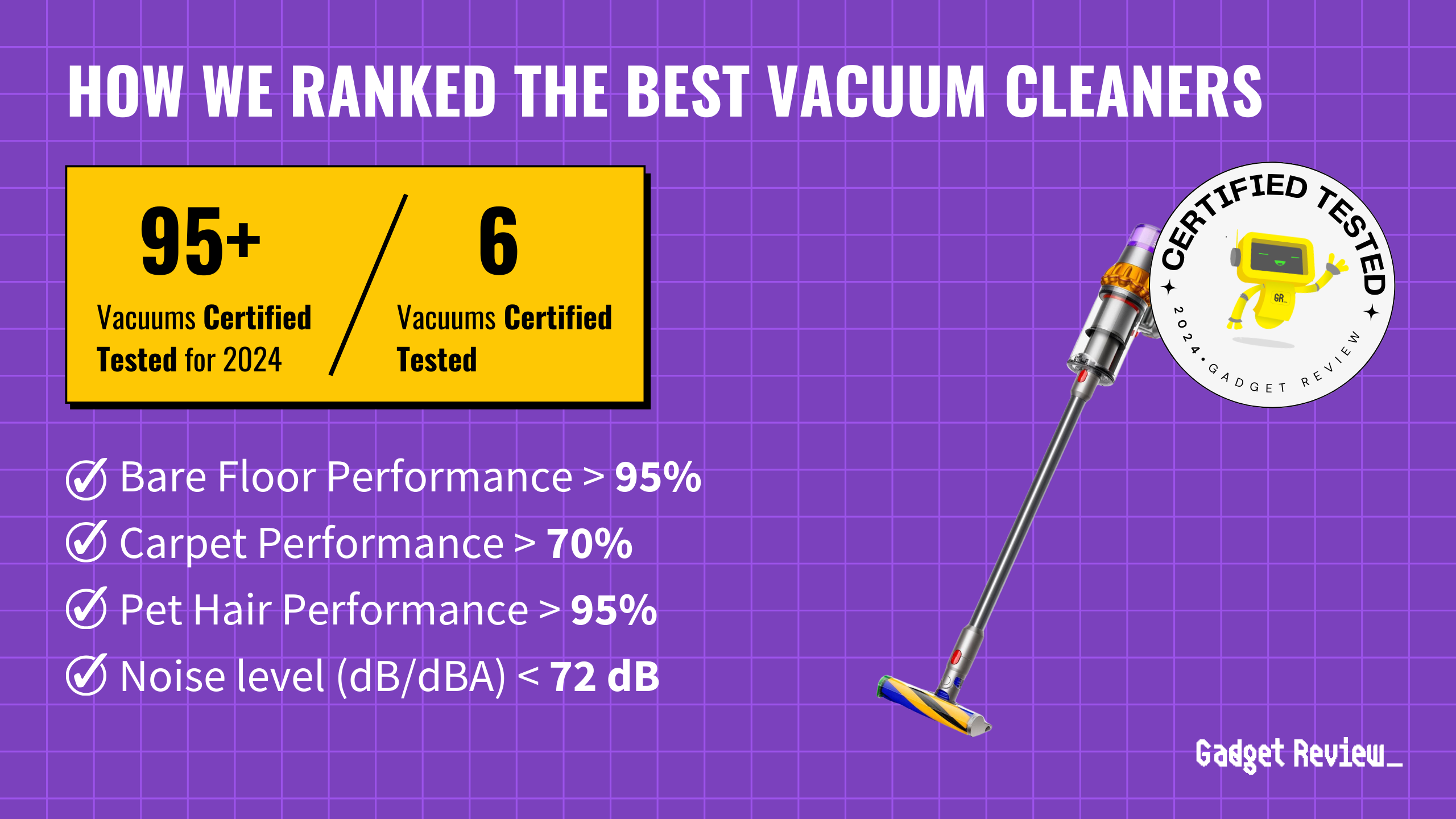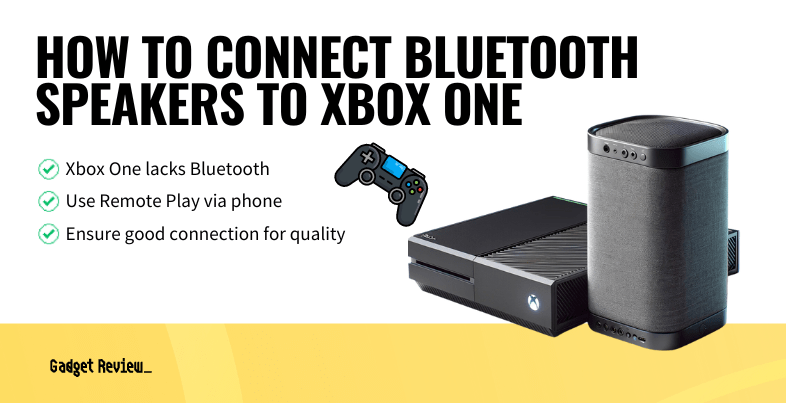The Internet has transformed dramatically since the 1990s, evolving from a novel concept into an integral part of our daily lives. As we navigate the modern web, it’s easy to overlook the unique charm and excitement that characterized the early days of online exploration. Here’s a nostalgic look back at ten things we miss about the 90s Internet.
10. Choosing Your Search Engine
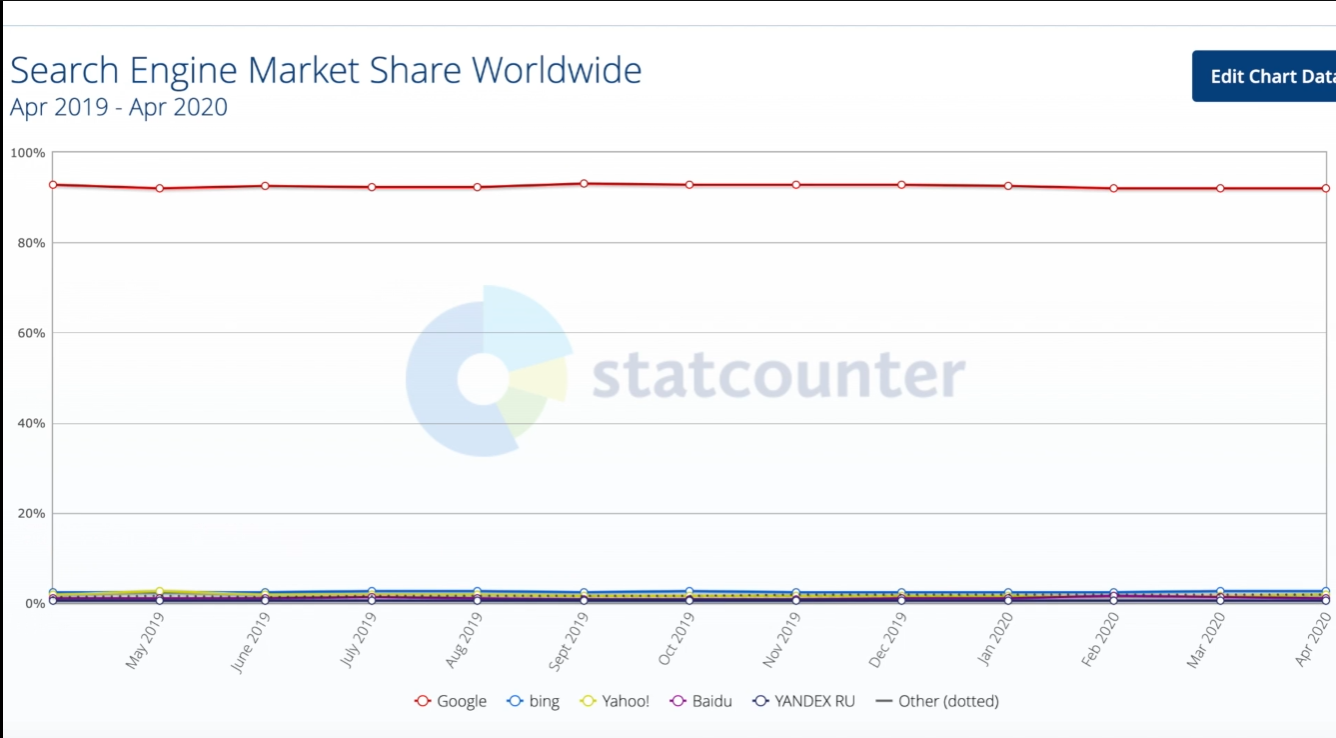
In the 90s, the Internet was a vast and uncharted territory, and search engines were our guides. Unlike today, where Google dominates the landscape, users had a plethora of options, from Yahoo to Ask Jeeves. Each search engine offered a unique experience, catering to different needs and preferences.
This variety allowed users to explore the web in different ways, whether through curated directories or comprehensive searches. The excitement of discovering new sites through various search engines added to the sense of adventure that characterized the early Internet. Today, while convenience reigns, the thrill of exploration has diminished.
9. Downloading WAV And MIDI Files
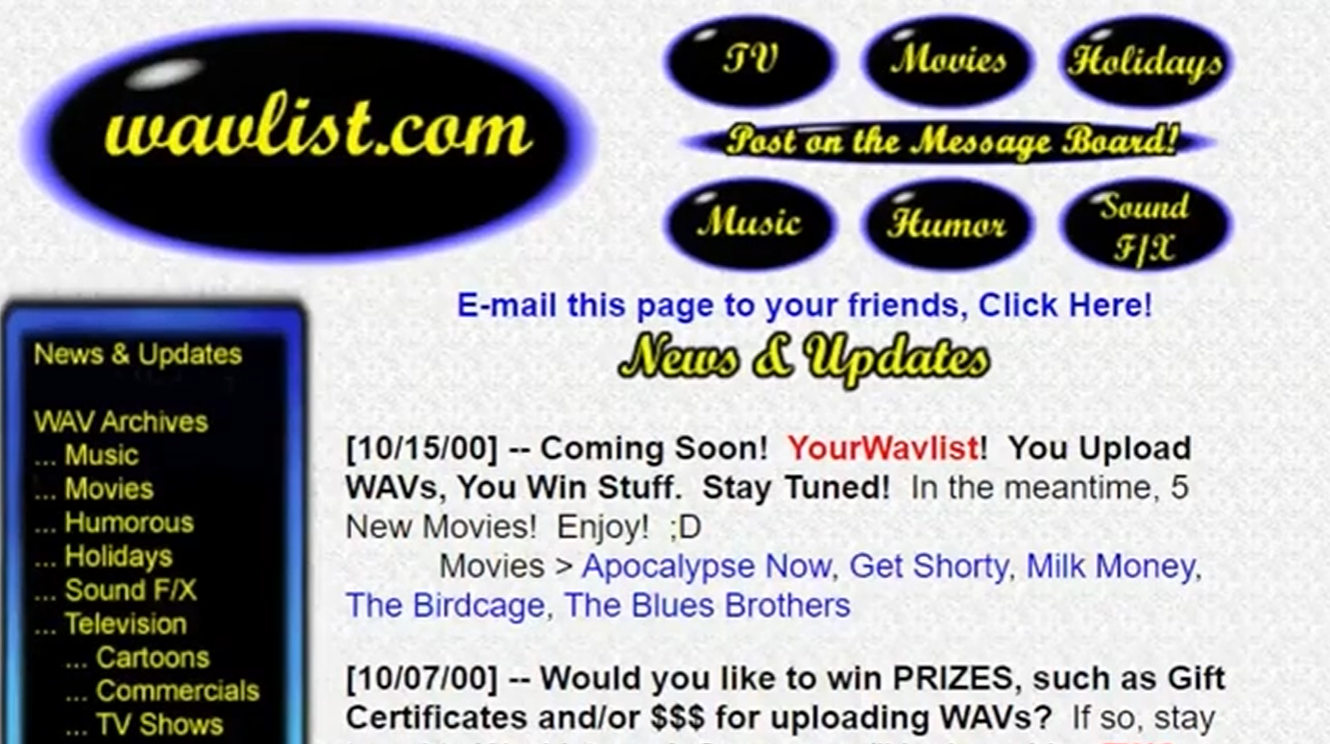
In the 90s, before the rise of streaming services like Spotify and Apple Music, downloading audio files was a thrilling experience. Users would often download WAV and MIDI files, which were the primary formats available at the time. WAV files, while uncompressed and high-quality, took up significant space on hard drives, making them cumbersome for many users. A single song could easily exceed the storage capacity of a floppy disk, leading to creative solutions like splitting files across multiple disks.
MIDI files, on the other hand, were a game-changer. They were lightweight and allowed users to share music without the hefty file sizes associated with WAVs. This meant that even those with basic sound cards could enjoy music on their personal websites. The nostalgia of hearing a MIDI rendition of a favorite song upon visiting a site is a memory many cherish.
8. Watching Webcams
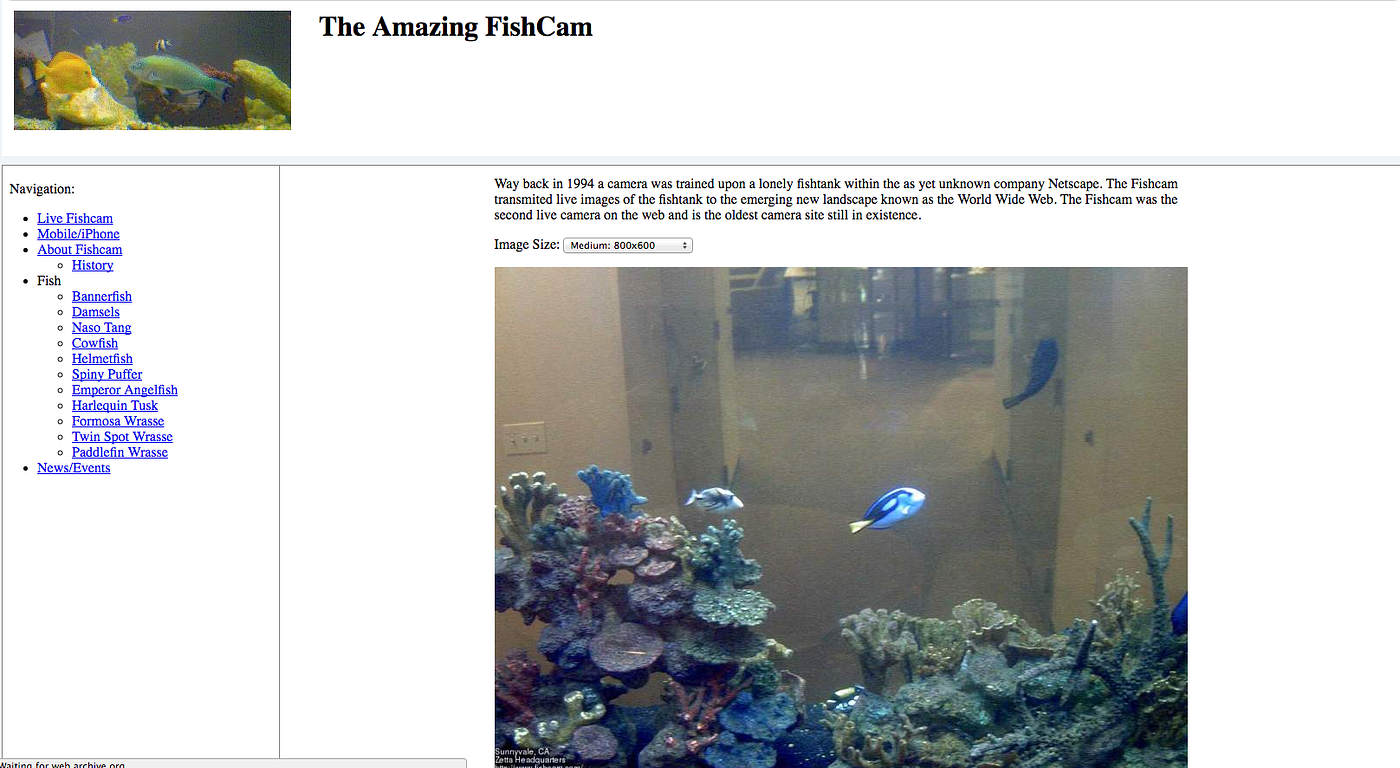
The early days of the Internet saw the rise of webcams, with the Trojan Room Coffee Pot being one of the first. This simple setup allowed users to check if the coffee pot was full without making the trek downstairs. It became a sensation, showcasing the potential of live streaming and remote viewing.
As webcams proliferated, users began setting them up in various locations, from busy streets to personal spaces. The novelty of watching live feeds from around the world was captivating, and it paved the way for future innovations in streaming technology. The charm of those early webcams, with their grainy images and limited functionality, evokes a sense of nostalgia for a simpler time online.
7. Making A Personal Website
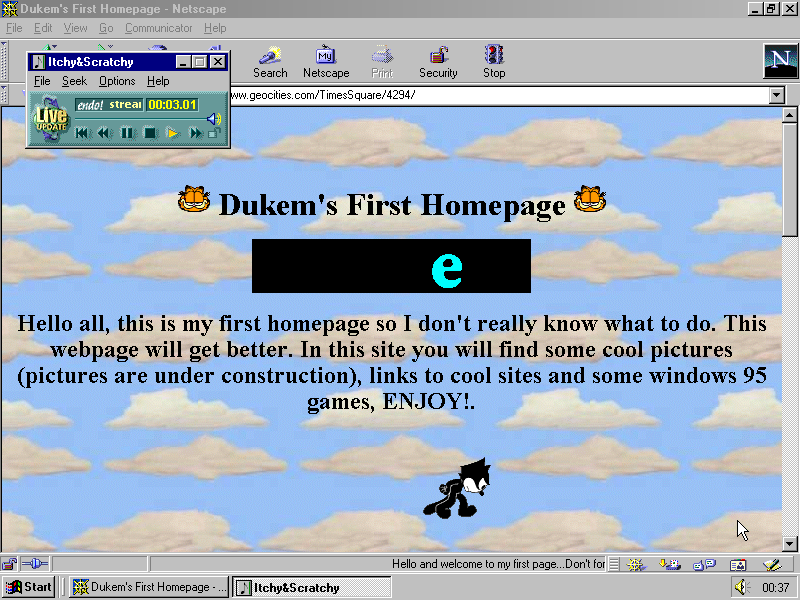
Creating a personal website in the 90s was a rite of passage for many Internet users. Platforms like GeoCities and Angelfire provided free hosting, allowing anyone with a basic understanding of HTML to publish their thoughts and interests online. This democratization of web publishing was revolutionary, enabling users to express themselves creatively and connect with others.
The process of designing a website was often a labor of love, complete with animated GIFs, bright backgrounds, and hit counters to track visitors. The sense of accomplishment that came from launching a personal site was unmatched, and many users took pride in their unique online identities. Today, while social media dominates, the charm of a personal website remains a nostalgic memory for many.
6. Guest Books
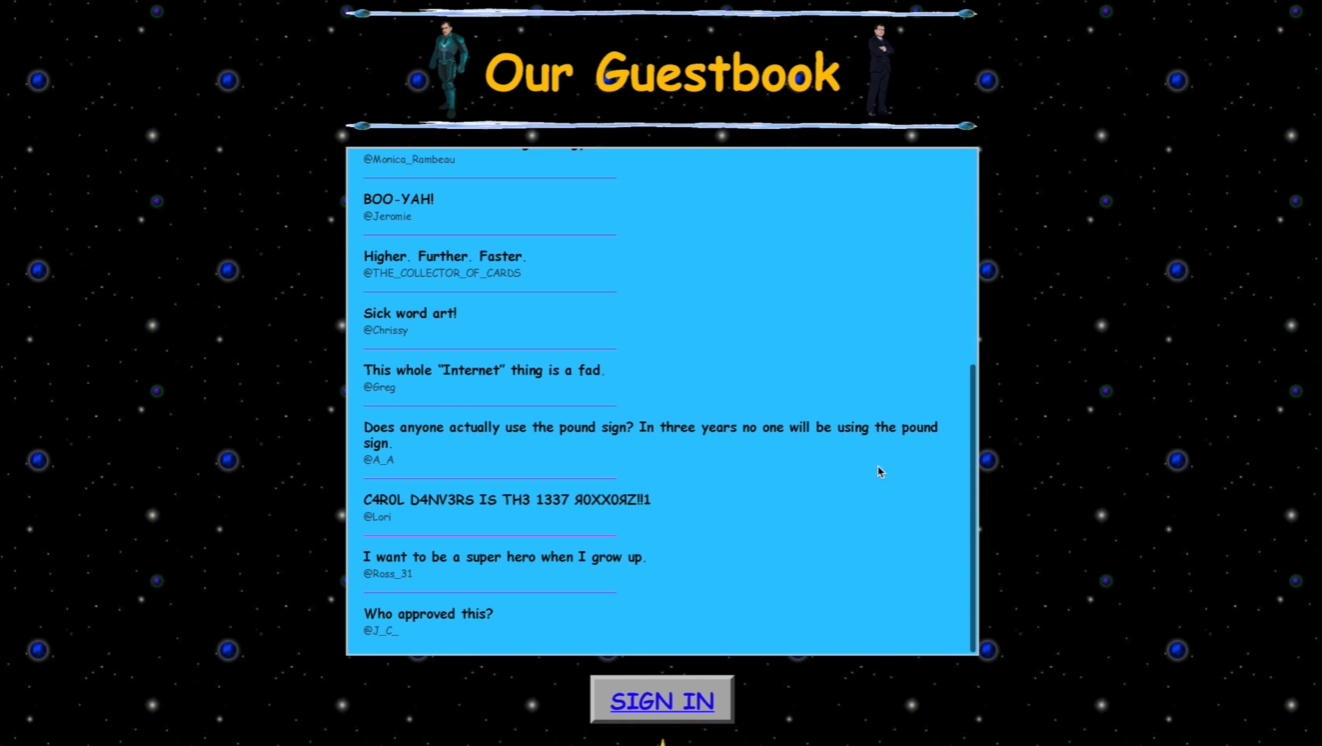
Guest books were a staple of personal websites in the 90s, allowing visitors to leave comments and feedback. Checking the guest book became a daily ritual for many webmasters, as they eagerly awaited new messages from visitors. This feature transformed anonymous web traffic into tangible connections, giving users a glimpse into who was visiting their sites.
In an age where social media dominates, guest books may seem outdated, but they represented a unique way to engage with visitors. The thrill of seeing comments from people around the world added a personal touch to the online experience, creating a sense of connection that many miss today.
5. Emailing Memes To Each Other
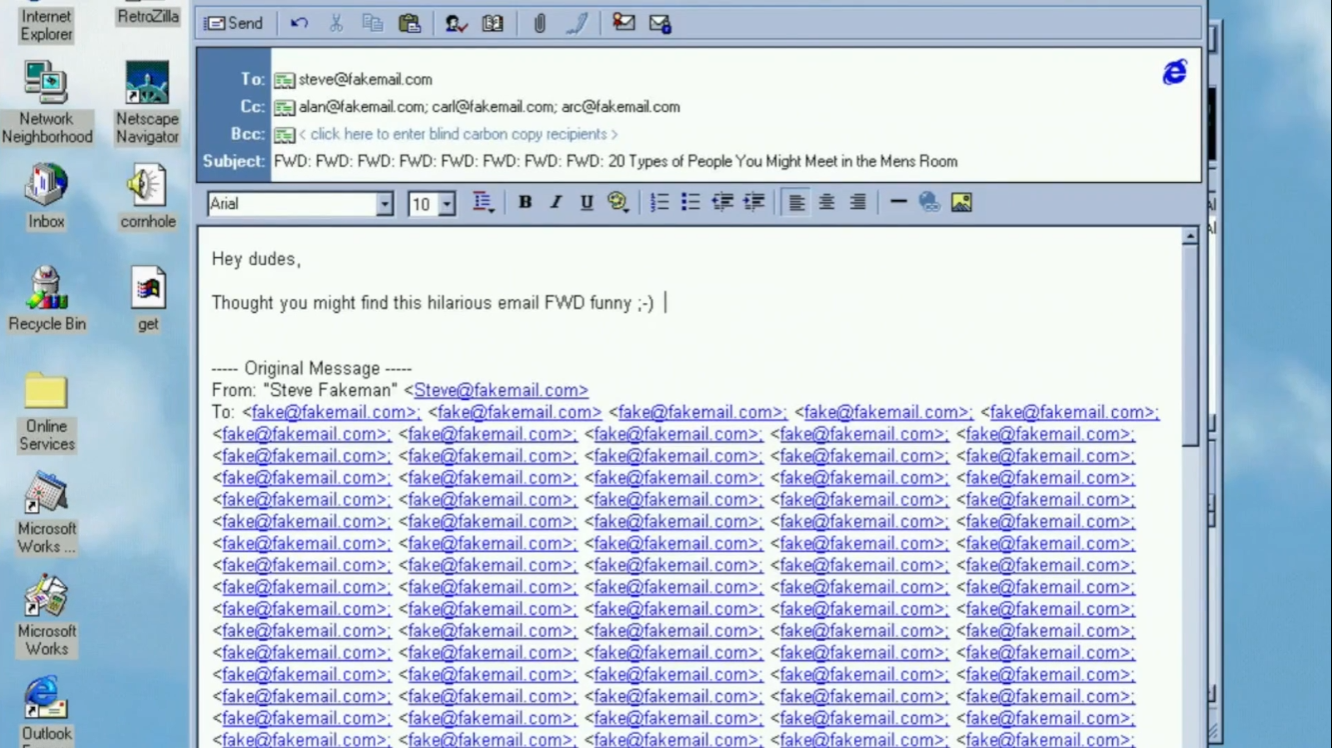
Before social media made sharing content instantaneous, memes were often shared through email. This process involved forwarding humorous graphics or jokes, often resulting in long chains of recipients. Each forwarded email would accumulate more addresses, creating a sense of exclusivity and community among those in the loop.
Receiving a meme via email felt special; it was a personal gesture from a friend who thought you would appreciate the humor. This method of sharing created a unique bond among friends, as they curated content specifically for each other, making the experience feel more intimate than today’s rapid-fire social media shares.
4. Chat Rooms
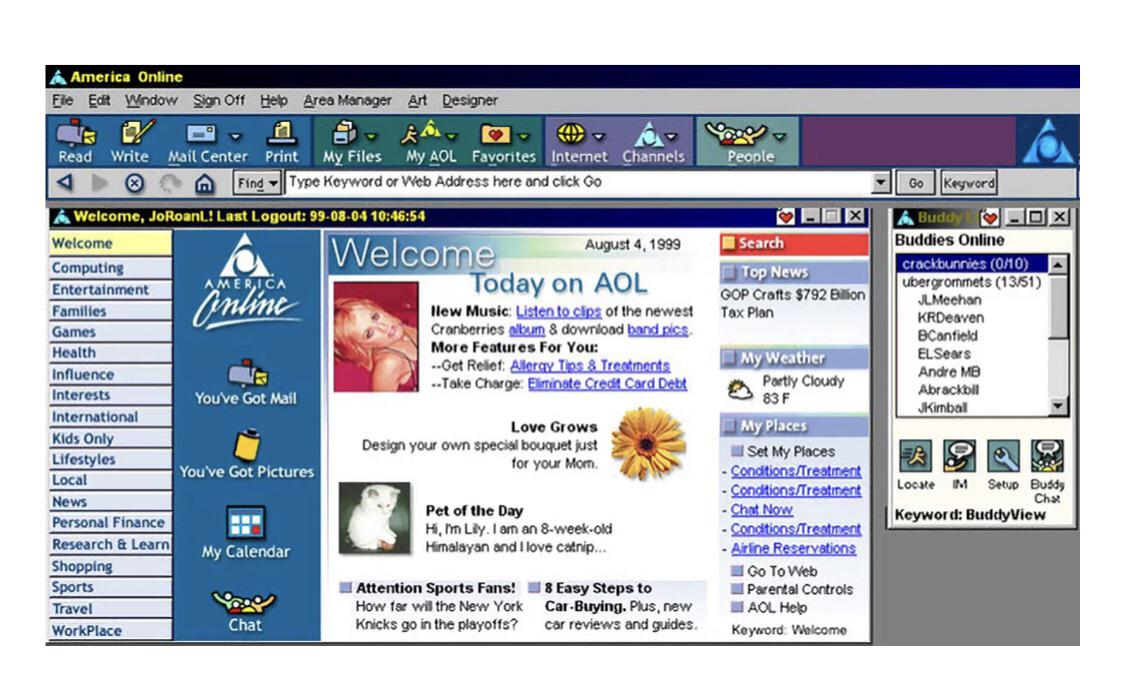
The excitement of joining a chat room for the first time is a memory many hold dear. In the 90s, chat rooms were a vibrant part of the online experience, allowing users to connect in real-time with others who shared similar interests. Whether it was discussing music, hobbies, or just chatting about life, these virtual spaces fostered connections that often extended beyond the screen.
As schools began to ban chat rooms, the thrill of sneaking online to chat with friends became a rebellious act. Platforms like AOL and Yahoo provided spaces for users to gather, while IRC offered a more technical environment for those in the know. The sense of community and shared experience in these chat rooms is something that many long for in today’s more fragmented online interactions.
3. Modems
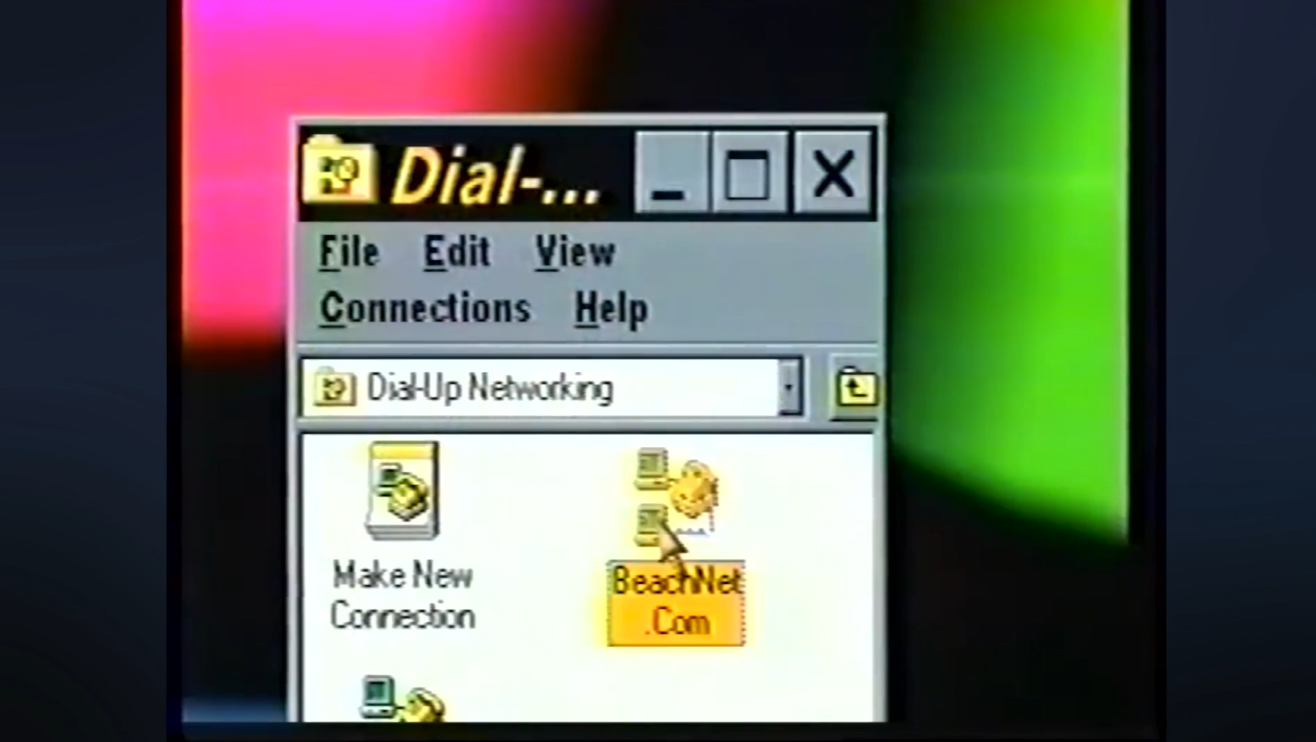
The sound of a modem connecting to the Internet is a nostalgic memory for many who grew up in the 90s. The series of beeps and static as the modem negotiated a connection was a signal that you were about to enter the online world. Each connection felt like an event, filled with anticipation as you waited to check emails or browse the web.
While today’s high-speed connections have made those sounds obsolete, they represent a time when being online was a special occasion. The thrill of hearing that familiar sound, knowing you were about to access a world of information, is a memory that many cherish, reminding us of the excitement of early Internet use.
2. Web Rings
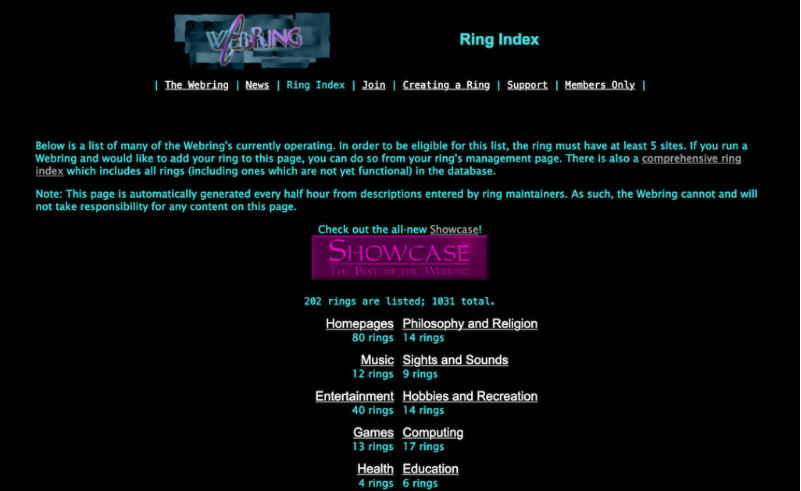
Web rings were a creative way to promote personal websites in the 90s. By embedding a small piece of HTML code, users could connect their sites with others on similar topics, creating a network of related content. This system allowed users to discover new sites while promoting their own, fostering a sense of community among webmasters.
Before the rise of social media advertising, web rings provided a grassroots method for users to share their interests and connect with like-minded individuals. The collaborative spirit of web rings exemplified the early Internet’s sense of community, where users supported one another in their online endeavors.
1. This Sense Of Community
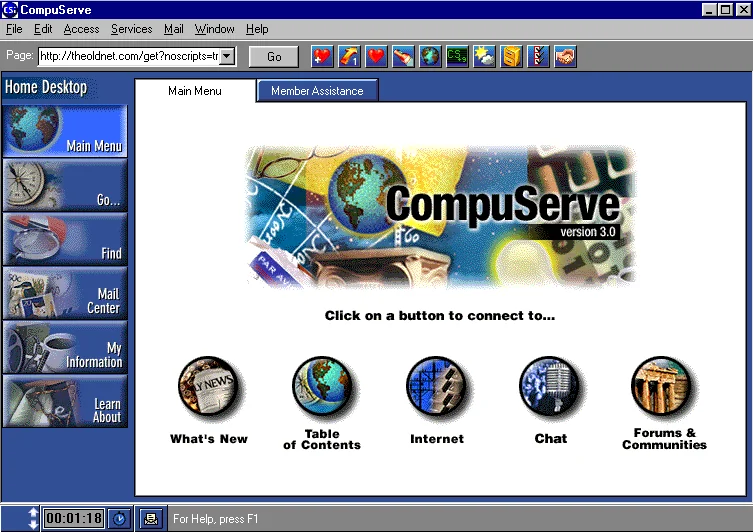
The early Internet was characterized by a strong sense of community. Users connected through chat rooms, email exchanges, and personal websites, forming friendships that often transcended geographical boundaries. The excitement of meeting someone online and sharing experiences was a hallmark of the 90s web.
Today, while online interactions are commonplace, the intimacy and novelty of those early connections have faded. The sense of exploration and discovery that defined the early Internet is something many long for as we navigate a more commercialized and fragmented online landscape. The magic of the 90s Internet may be gone, but the memories remain vivid for those who experienced it.













